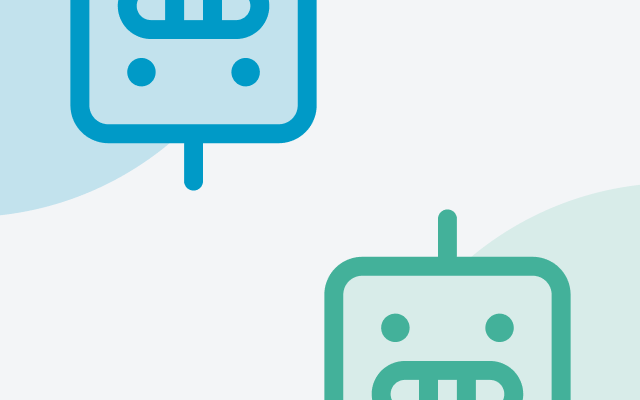In the realm of user experience (UX) design, understanding how people perceive and interact with digital interfaces is crucial. Eye-tracking technology has traditionally been employed to study users' visual attention, but recent advancements in artificial intelligence (AI) have raised the possibility of using AI to predict user gaze patterns. In this study, we aimed to compare the effectiveness of AI and Tobii eye-tracking hardware/software in analyzing user attention on popular websites such as NMBS, Bol, and Connections. By conducting experiments with seven real participants, we sought to determine if AI can truly anticipate human viewing behavior and potentially serve as a cost-effective alternative to expensive eye-tracking technology.
Smart eyes
Analyzing the heatmaps generated by the AI model, we observed that attention was predominantly drawn to highly styled elements, including titles, calls-to-action (CTAs), images, and colors. In contrast, real users appeared to be less easily distracted by prominently styled items that lacked priority functionality (e.g., flashy images without relevant CTAs). The AI suggested that people extensively scroll and allocate equal attention to elements as long as they are prominently styled. However, real-world examples revealed a decrease in attention below the fold, indicating a weakened focus in those areas.
Moreover, participants were able to distinguish functional elements (such as filters) from non-functional elements (images or colored blocks), while the AI model struggled to make this distinction and often paid more attention to visually appealing non-functional elements.
Additionally, once users achieved their goal, they tended to stop searching, whereas the AI model meticulously analyzed every corner of an image.

The importance of human perception
The AI model demonstrated an ability to predict which elements in an image would attract the most attention. However, it lacks the nuanced understanding and genuine cognitive processes of human perception. Humans possess certain expectation patterns and act accordingly. For instance, a large flashy image does not always succeed in capturing attention because users are aware that it serves a decorative purpose rather than contributing to their goal attainment.
Nevertheless, AI could be valuable in the initial iterations of design, helping to assess whether important elements are receiving sufficient attention. This may potentially reduce the number of iterations required and aid in preparing for qualitative usability tests.
AI is on the rise, but still can't match the human eye
In the realm of analyzing user attention, AI has shown promising capabilities. It can effectively identify attention-grabbing elements within an image. However, it falls short of replicating the nuanced thinking and decision-making processes of humans. We should also state that the AI model uses data from eye-tracking tests where only the first 3-5 seconds of eye movement on a screen were tracked. This means that no real tasks were executed by the users that provided data to the AI model. Humans have ingrained expectation patterns and behavioral tendencies that AI struggles to comprehend fully. Thus, while AI can provide valuable insights, it should be used in conjunction with human evaluation to create the optimal user experience. By combining the strengths of AI analysis and human intuition, designers can enhance their understanding of user attention and create more intuitive and engaging interfaces.



